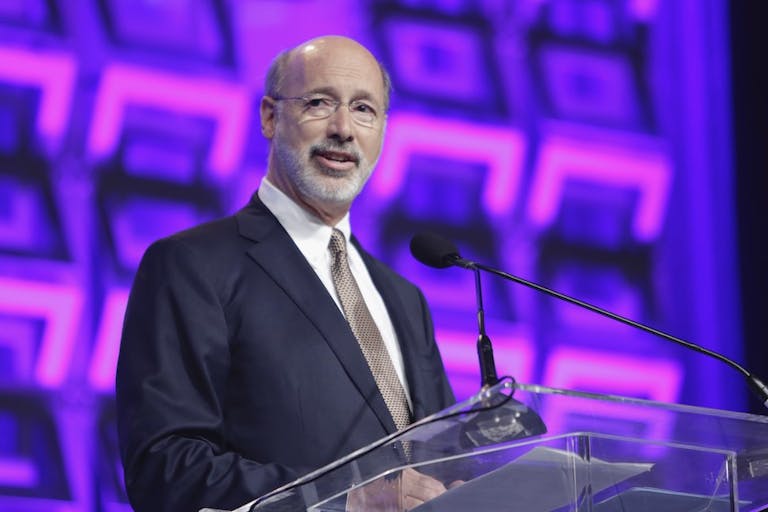
Pennsylvania Governor Tom Wolf declares pro-life march ‘anti-woman’
Catherine Livingston, PhD
·
Investigative·By Nancy Flanders
Former abortion worker reveals details of industry tactics
In a recent conference call organized by the pro-life group And Then There Were None, four former clinic workers shared their stories on how and why they left the abortion industry. And Then There Were None’s founder Abby Johnson, a former Planned Parenthood facility director, facilitated the call, which exposed clinics for the dirty tricks and lies they use on women.
Jackie, one of the former abortion workers, told callers that she has a degree in the medical field and worked at the front desk of at a privately owned abortion facility in Austin, Texas. While her job was checking patients in and out of the office, she saw and learned a great deal.
She told callers that when women left the abortion clinic, it never mattered how confident or strong they were when they walked in the door – every single one of them walked out changed. They were either crying, sobbing, or completely hysterical. They needed sedatives and oxygen to help calm them down.
“It’s very evident on their faces that they’ve lost something,” said Jackie.
Jackie shared the abortion center’s biggest rule: no men allowed in the recovery room. It didn’t matter if he was the father of the patient, the spouse, or the father of her baby. This meant that most women were alone in the recovery room, which Jackie referred to as the emotionally darkest room in the facility.
“The women were always just really upset that their partner couldn’t go back in the room with them,” she said. “[…if] they take their partner in the room with them then after they procedure they want to have a big emotional display and it takes too much time. [The facility staff] wants them in and out. If they’re in the room and isolated from their partner, they get the feeling that they’re alone and are put in the position of having a negative perspective of having to raise a child alone.”
This feeling reconfirms their decision to abort because they think they have no support. Women also weren’t allowed to see their aborted babies after their abortions, and 10-12 patients were in the recovery room at one time with only one nurse to attend them all. By the time the women were cleared to leave the facility, Jackie said they were totally emotionally drained.
In the call, Jackie also revealed some startling numbers. The abortion center where she worked was seeing 100 or more patients each day with just one abortionist. About 75 of those appointments were for abortion, while about 25 were abortion consults. The abortionist was with each patient for only about 5-7 minutes, according to Jackie. If it took longer than that because the patients weren’t ready for the abortionist on schedule, the staff members were reprimanded.
Despite this, it wasn’t until Jackie was trained to work in the pathology lab that she began to feel a change inside.
The pathology lab was where the clinic staff took inventory of the body parts of the aborted fetuses. They determined whether any of the parts were intact enough to be harvested and sold, and had a checklist of parts including head, arms, legs, and torso to ensure all of the baby was removed. That checklist was sent to the abortionist to let him know that the abortion was complete. After just 3 days, Jackie realized she couldn’t do it anymore.
“I realized everything I thought about the abortion industry was wrong,” she said. “After three days I had just about as much as my heart, soul, and stomach could stand.”
One of the pro-life women who would consistently stand outside that abortion center was a representative from And Then There Were None. Jackie didn’t feel that she was in a strong enough financial standing to quit her job, but she decided to pray about it, which she admits was the first time she prayed about something. After praying, she thought of that woman outside the clinic and she googled “abortion clinic worker help.” That’s when she found And Then There Were None.
And Then There Were None assigned her a counselor whom she spoke with the next day. Jackie was determined to stay at the clinic until she found a new job, but her counselor convinced her to submit a two-week notice the next day under the condition that she wouldn’t have to work in the lab.
“It felt like I had lost 500 pounds maybe,” explained Jackie. “An enormous burden that you don’t even know you’re carrying. An enormous cleansing and weight lifted off of your spirit and soul.”
Those two weeks were extremely stressful to Jackie, knowing and feeling what she did but still having to walk through those doors each day. However, she knew that she had made the right decision and she never looked back. She said that it was an amazing feeling “leaving there and leaving that behind and taking your first step toward healing, and grasping the opportunity to tell people and finally share that this is wrong.”

Jackie’s testimony exposes what pro-lifers have always known about the abortion industry, and what abortionists fear more people will learn. The abortion industry thrives on making women feel weak and alone, and they will use any tactic they can to ensure that they make the most money possible off of women who are scared and vulnerable.
Live Action News is pro-life news and commentary from a pro-life perspective.
Contact editor@liveaction.org for questions, corrections, or if you are seeking permission to reprint any Live Action News content.
Guest Articles: To submit a guest article to Live Action News, email editor@liveaction.org with an attached Word document of 800-1000 words. Please also attach any photos relevant to your submission if applicable. If your submission is accepted for publication, you will be notified within three weeks. Guest articles are not compensated (see our Open License Agreement). Thank you for your interest in Live Action News!

Catherine Livingston, PhD
·
Abortion Pill
Carole Novielli
·
Investigative
Carole Novielli
·
Investigative
Carole Novielli
·
Investigative
Nancy Flanders
·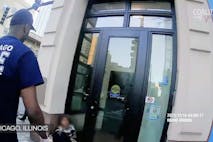
Investigative
Nancy Flanders
·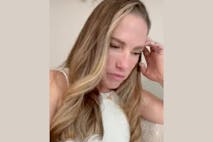
Analysis
Nancy Flanders
·
Politics
Nancy Flanders
·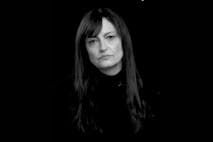
Human Interest
Nancy Flanders
·
Issues
Nancy Flanders
·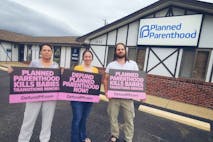
Politics
Nancy Flanders
·